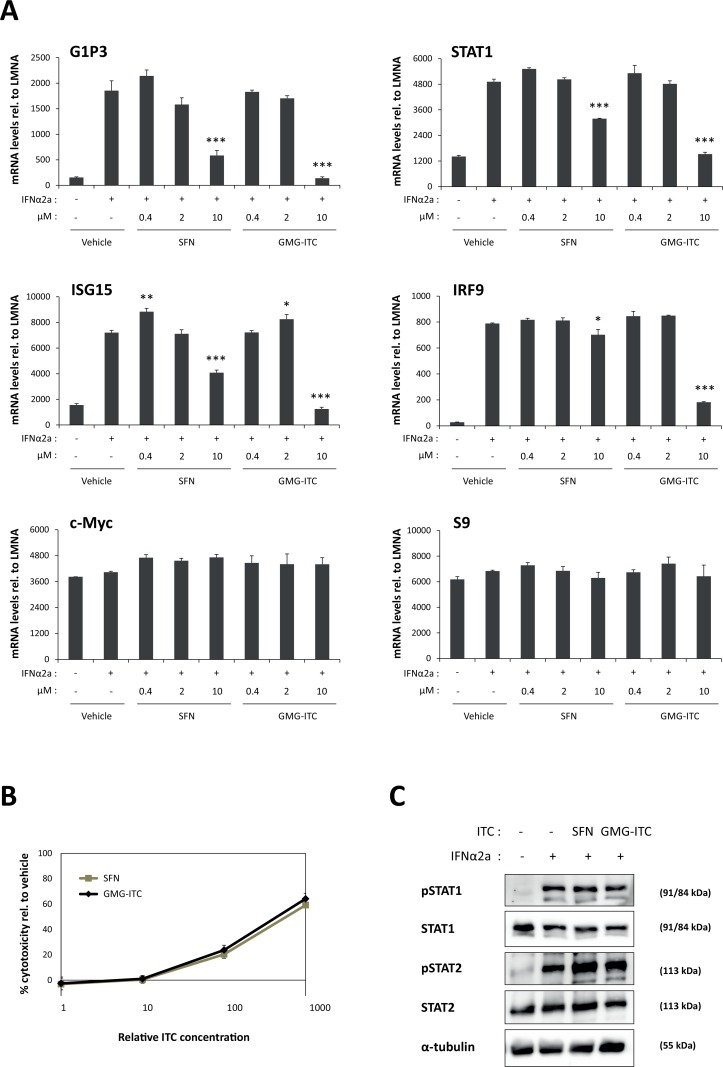Fig 3. SFN and GMG-ITC inhibit IFNα-mediated induction of STAT1/STAT2 target genes in a dose-dependent manner in HeLa cells.
(A) HeLa cells were treated 30 minutes with 0.01% DMSO (vehicle) or with 0.4, 2 and 10 μM SFN or GMG-ITC, and further stimulated with IFNα2a for 4 hours. Expression of interferon-stimulated genes (G1P3, ISG15, STAT1, IRF9), of an interferon-independent gene (c-Myc) and of the housekeeping gene S9 was analyzed by quantitative RT-PCR. One-way ANOVA with Dunnett’s post test was used to assess differences between isothiocyanate-treated conditions vs. the vehicle-treated IFNα2a-stimulated control; *P<0.05, **P<0.01, ***P<0.001. (B) GMG-ITC exhibits a higher toxicity than SFN in HeLa cells. HeLa cells were pre-treated 30 minutes with 0.1, 1, 10 and 100 μM SFN or with 0.02, 0.2, 2 and 20 μM GMG-ITC (0.1% DMSO in all conditions) prior to addition of the WST-1 reagent. Assay was conducted for 4 hours, as described in Materials and Methods, and toxicity was normalized to the DMSO vehicle control. The x-axis indicates relative isothiocyanate (ITC) concentrations, with 1 corresponding to 0.1 μM SFN and 0.02 μM GMG-ITC. (C) SFN and GMG-ITC do not alter IFNα-induced phosphorylation of STAT1 and STAT2. HeLa cells were pre-treated 30 minutes with 10 μM SFN, 2 μM GMG-ITC or 0.01% DMSO as vehicle control (-) and further stimulated 30 minutes with IFNα2a. Whole-cell protein lysates were analysed by Western blot using antibodies directed against pSTAT1, pSTAT2, STAT1, STAT2 and α-tubulin (loading control). ITC, isothiocyanate.

